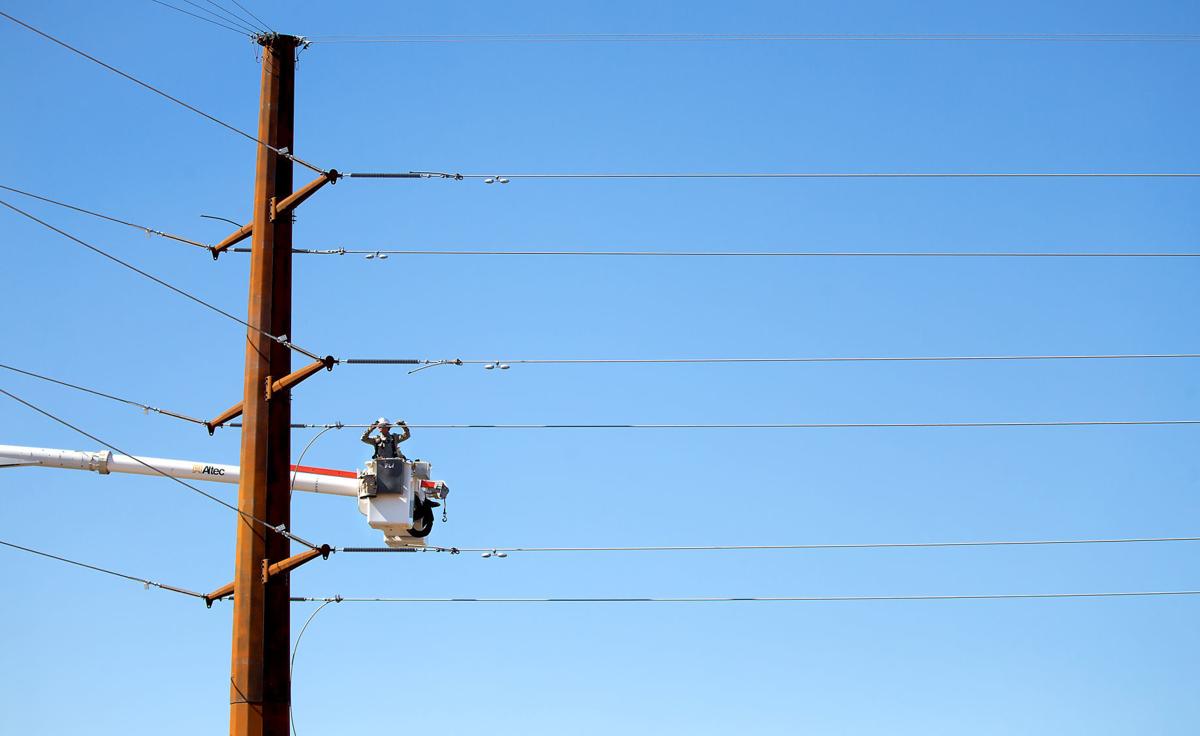Tucson Electric Power Co. says its ratepayers will eventually save some $13 million a year after the utility joins a California-based wholesale power trading market, but the company wants to keep some of the initial savings to cover operating costs.
TEP has filed a request with the Arizona Corporation Commission to keep some expected revenues from its membership in the Western Energy Imbalance Market, which allows member utilities to automatically draw on the cheapest wholesale power as well as sell excess power into the market.
TEP signed an agreement last May to join the Western Energy Imbalance Market starting in April 2022. The market was created in 2014 by the California Independent System Operator, a nonprofit organization that oversees California’s bulk electric power system, transmission lines and electricity market.
Participating in the market will save TEP an estimated $10 million in wholesale power costs in the first year of its participation and $13 million a year starting in 2023, the utility says.
“TEP’s participation will create opportunities for cost savings that will be passed along to customers every month,” company spokesman Joe Barrios said.
Barrios said the company expects about $10 million in operating costs to hire and train employees, integrate new software and install systems and communications upgrades to enable TEP’s participation.
In a Feb. 26 filing with the Corporation Commission, TEP asked to retain up to $10 million of the net revenues over three years from the new market to help it cover its costs through 2024, after which revenues from the venture would pay for ongoing operations.
Under the plan, TEP would retain $2 million in 2022 and $4 million annually in 2023 and 2024, with ratepayers reaping savings of $8 million in 2022, $9 million annually in 2023 and 2024, and $13 million annually thereafter.
The utility plans to pass the new revenues on to customers through reductions or credits on an existing monthly surcharge that pays for purchased power and fuel and is periodically adjusted to reflect market conditions, Barrios said.
The Western Energy Imbalance Market allows members to meet short-term variations in their customers’ power use and coordinate the variable power output of solar and wind resources with more steadily producing, nonrenewable power sources like coal and natural-gas power plants, TEP says.
No other parties have filed responses to TEP’s request to the Corporation Commission, and no hearings have yet been scheduled.





